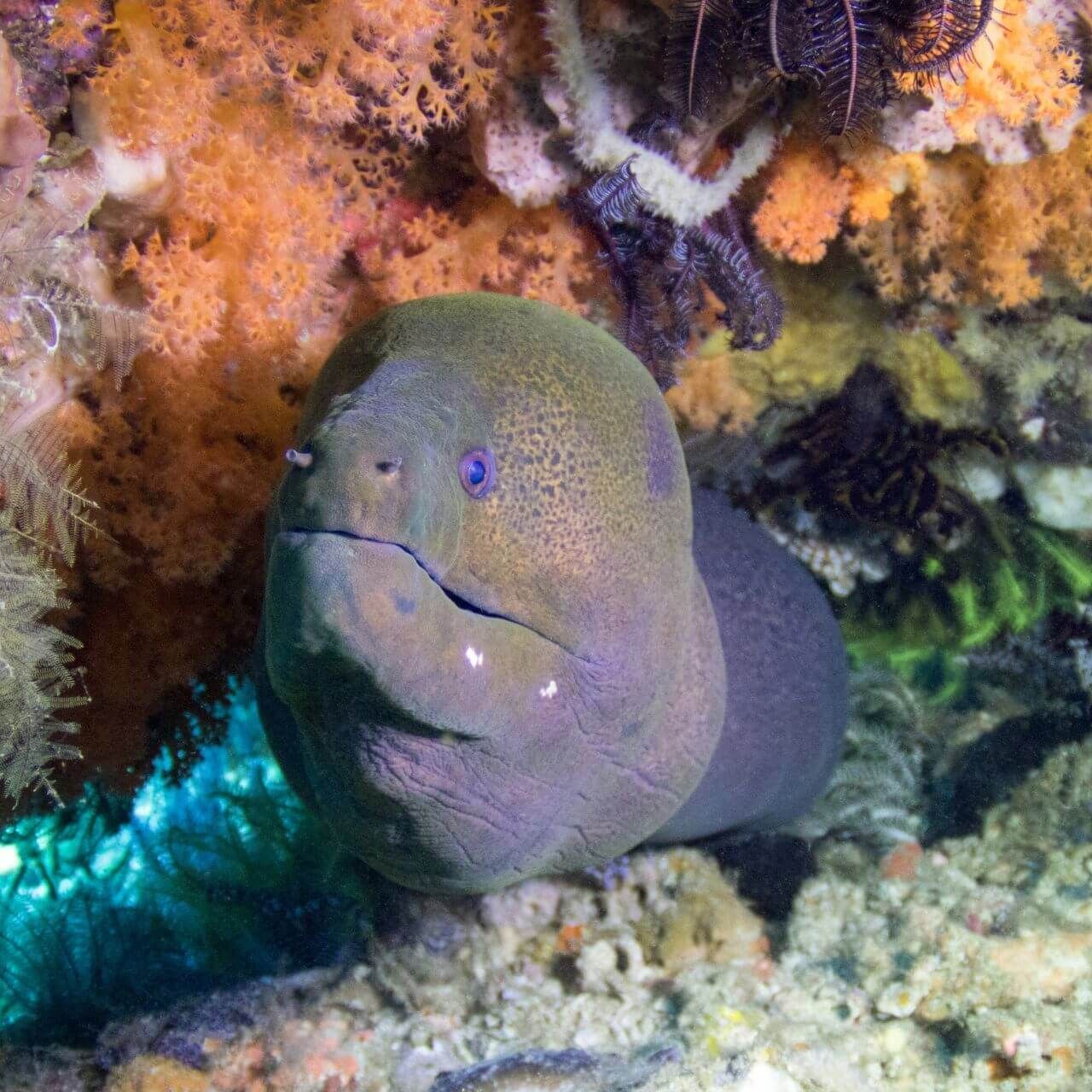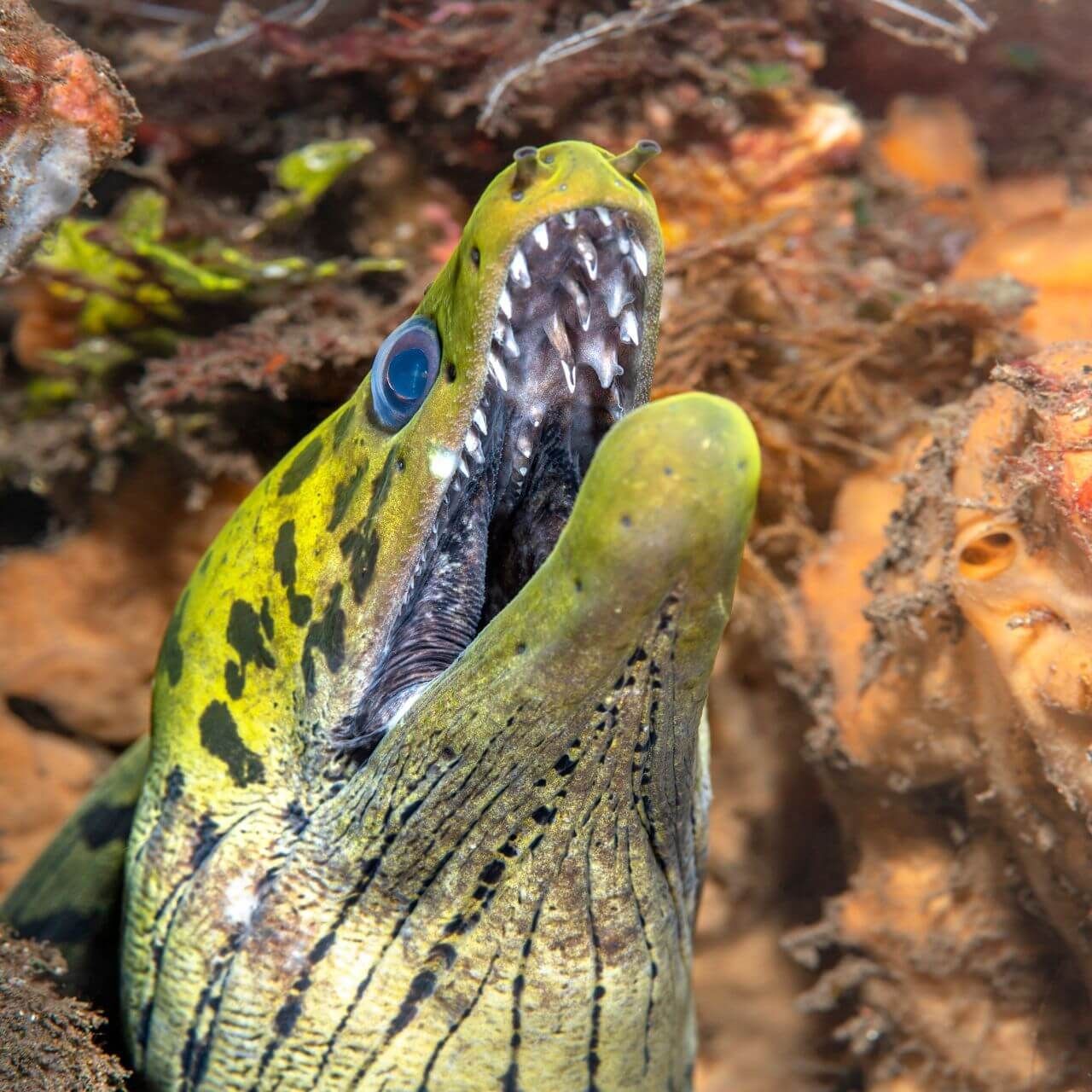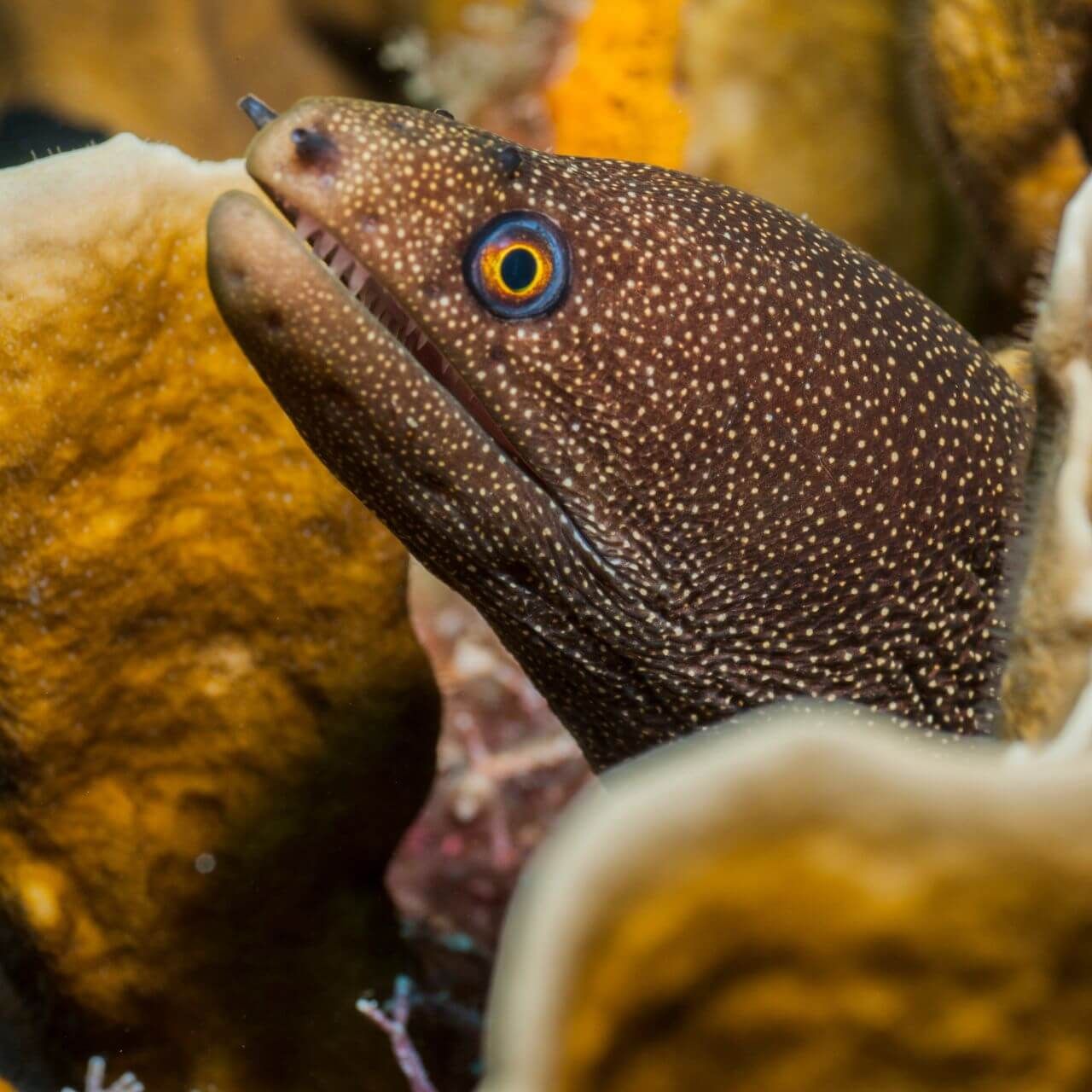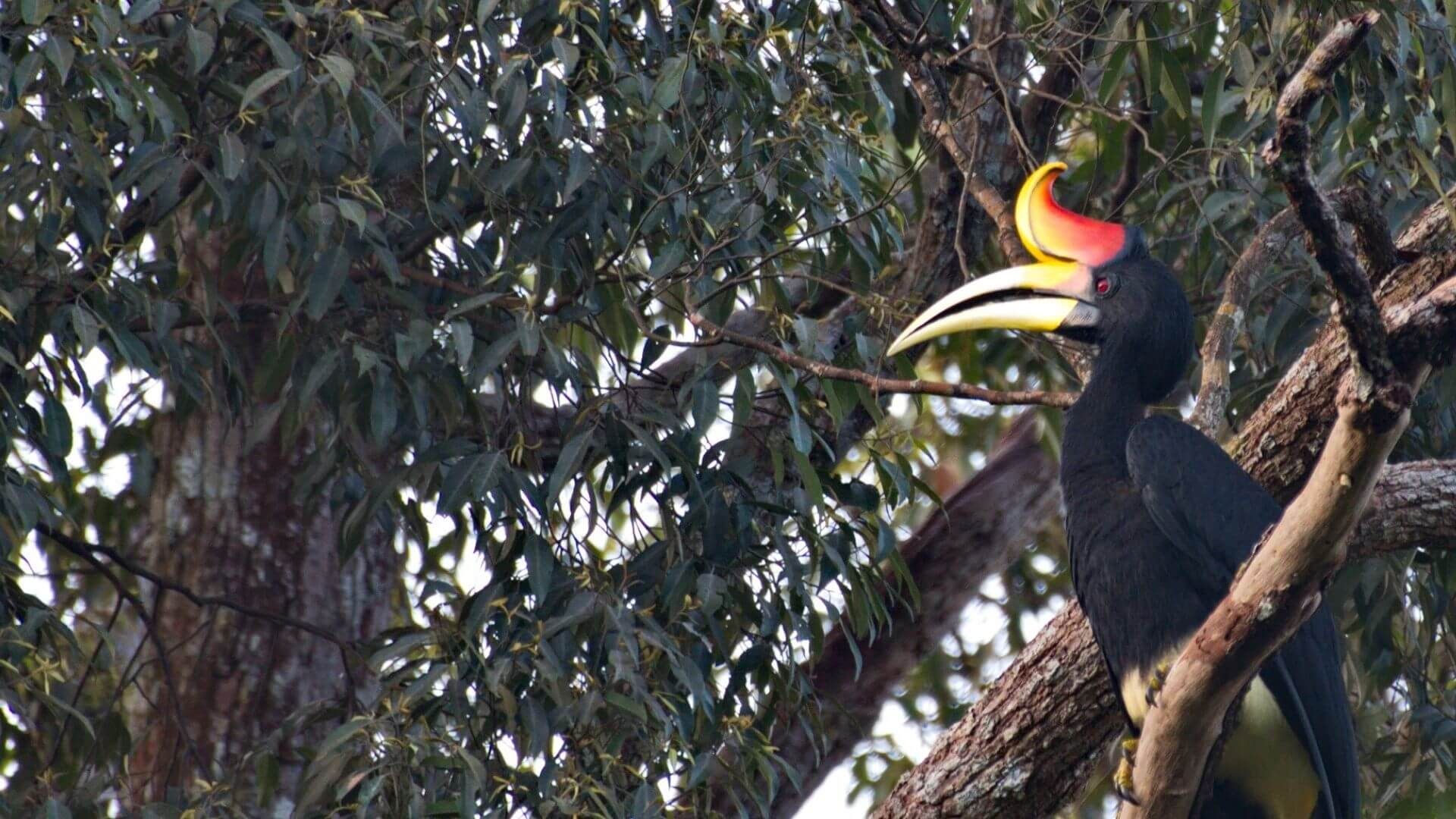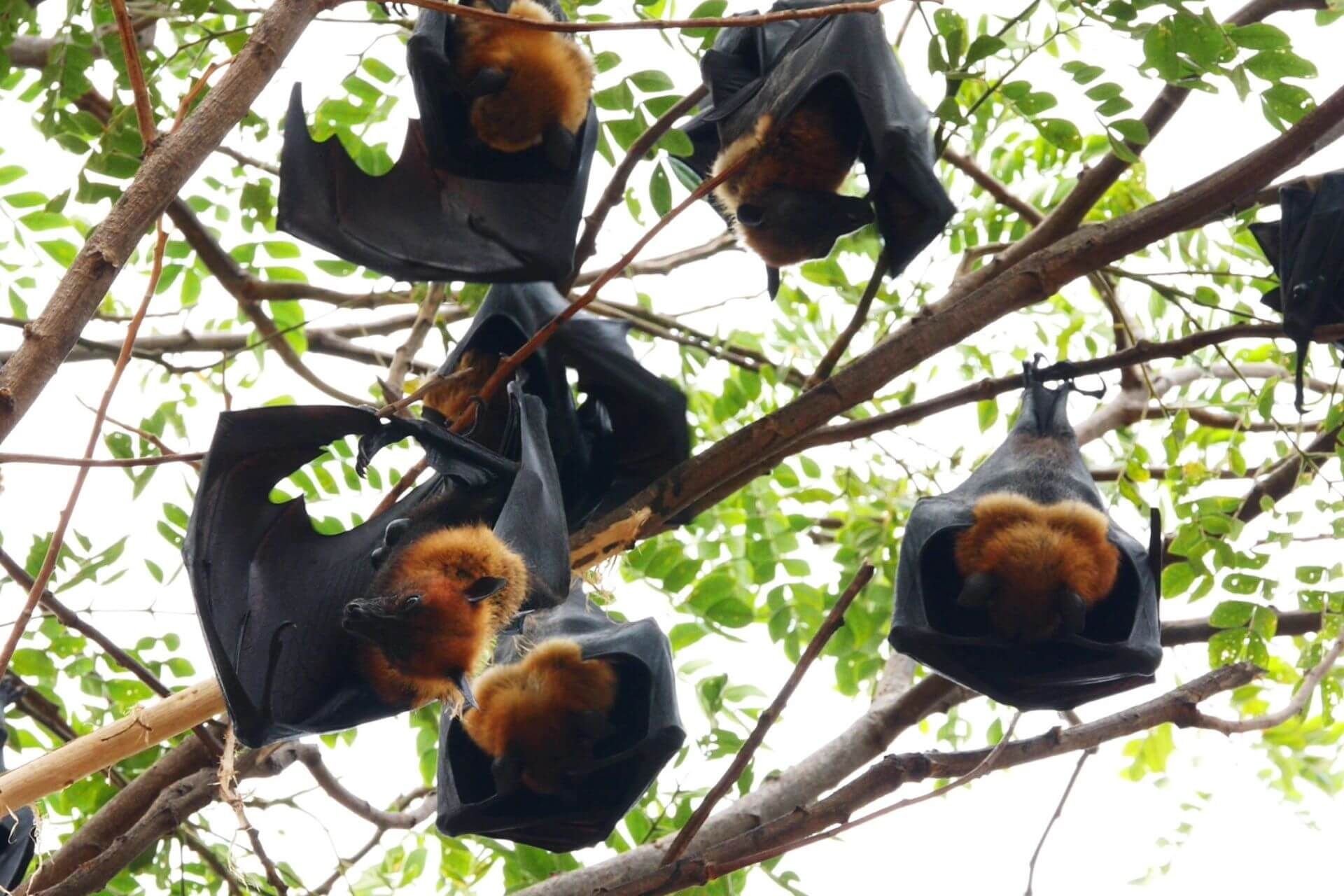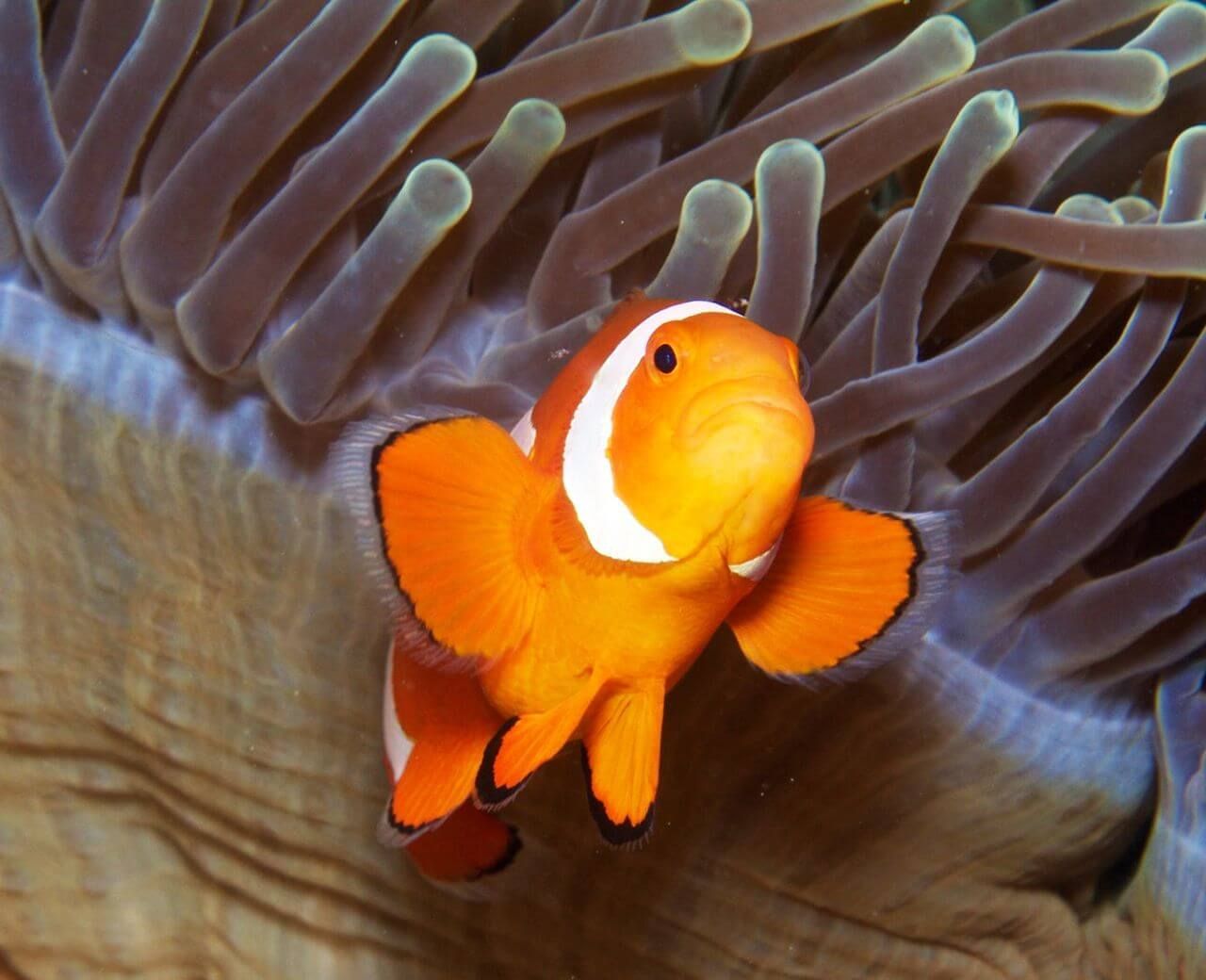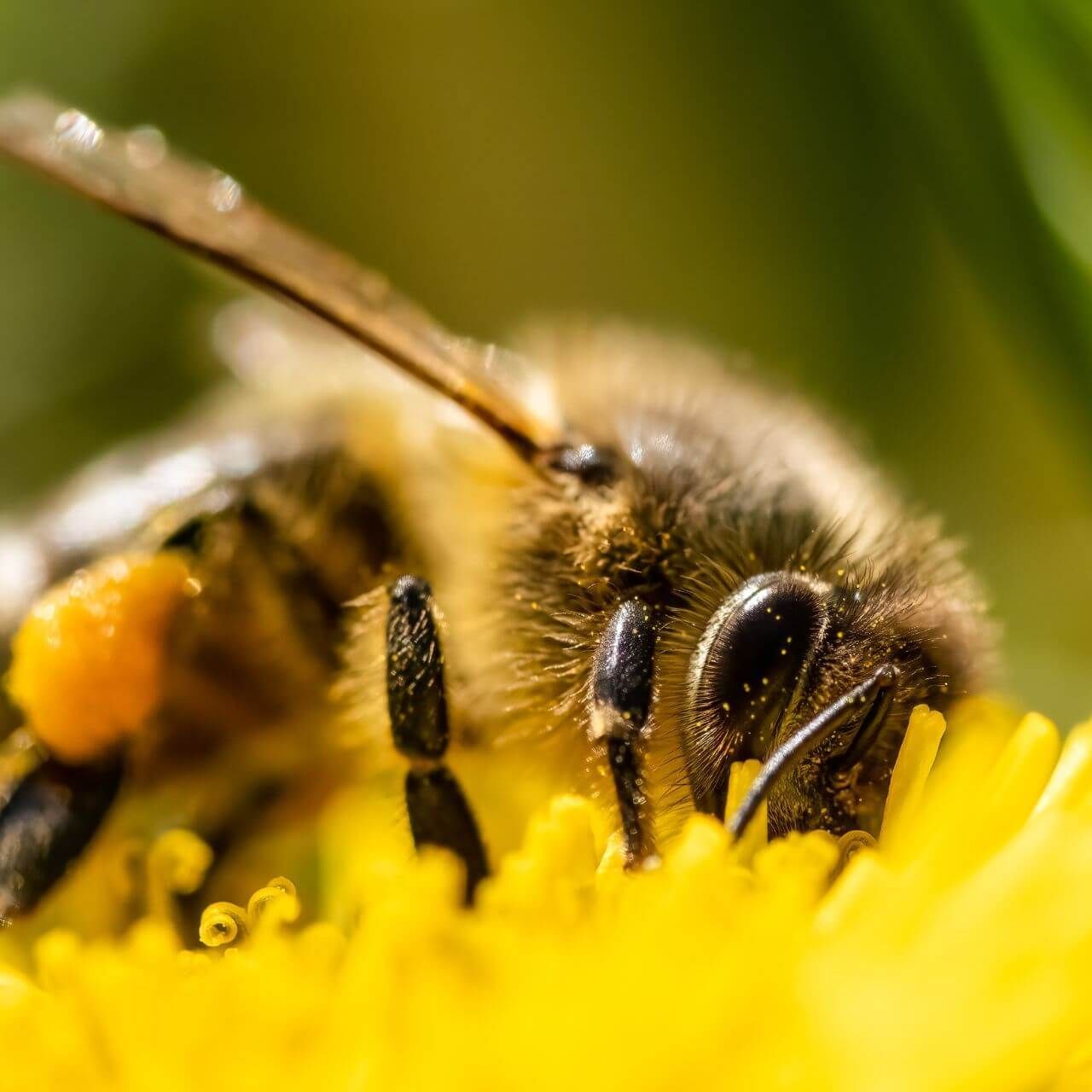Moray Eels
Where Do Moray Eels Live?
Moray eels are a family of eels with about 200 species. Most moray eels are found in the ocean in habitats like coral reefs, rocky sea beds, and other areas where they can hide. Some moray eels are found in more temperate water and some are even found in freshwater!
What Do Moray Eels Look Like?
Though their long, thin body and unusual fins make them look like snakes, moray eels are fish, not reptiles! Like most fish, they breathe with gills and move around by swimming. However, unlike most fish, moray eels don’t have scales.
Instead, they have a layer of mucus on their skin. It protects their skin from parasites and allows them to slip into tight spaces to hide and hunt. The color of some moray eels appears different because of the mucus. Green moray eels are actually brown, but the yellow mucus on their skin makes them appear green.
Between 200 species, the size, colors, and patterns of moray eels are quite different from one another.
The smallest moray eel measures less than one foot in length, while the longest moray eel measures well over 10 feet! Some species are solid in color while others have spots or stripes. Some are dull and brown, while others are vibrant. One even looks like a ribbon!
What Do Moray Eels Have In Common?
Moray eels are carnivores. Moray eels eat animals like fish, crabs, squid, and octopuses. They hide in cracks and crevices to ambush their prey. Some moray eels even hunt cooperatively with a species of grouper, meaning they use teamwork! The moray eel swims into the tight spaces where fish might hide, scaring the fish out to the waiting grouper.
Otherwise, moray eels are typically solitary. They come together briefly for breeding when the female releases thousands of eggs. The eggs float up to the surface where they continue to develop. The larval eels float at the surface feeding on plankton for months before they are developed enough to travel to the sea floor.
How Do Moray Eels Catch Prey?
Moray eels have sharp teeth and a strong jaw, like we would expect from a carnivore. However, they have one extra special adaptation that makes catching prey a breeze. Moray eels have a pharyngeal jaw. This is a second jaw that sits further back in their throat. When hunting, the pharyngeal jaw shoots forward into the mouth to grab the prey, then pulls it back into the throat.
Moray eels sometimes get a bad reputation because they seem to show off those sharp teeth. However, they’re just breathing! Moray eels open and close their mouth to pull water in and over their gills so they can breathe while resting.
So, we know moray eels are big, bad predators with sharp teeth and a movable jaw, but do they have any predators? Some moray eels, especially the larger species, are apex predators in their environment. Other species are preyed on by large fish like groupers, barracuda, and sharks, and some are even preyed on by sea snakes.
Are Moray Eels Endangered?
Luckily, most species of moray eels are not threatened with extinction. They are often seen using dead reefs as their shelter, so we’ve seen that they can survive in some areas where other species cannot.
Several species of morays are poached from the wild to be sold as part of the aquarium trade.
Want To Learn More?
Check out EdZOOcating Adventures' Moray Eel lesson with videos, quizzes, activities, projects, glossaries, and more.
Moray Eel Lesson
$8 (No Expiration Date)Membership
Gain access to 70+ lessons for just $10/month or $100/year.


